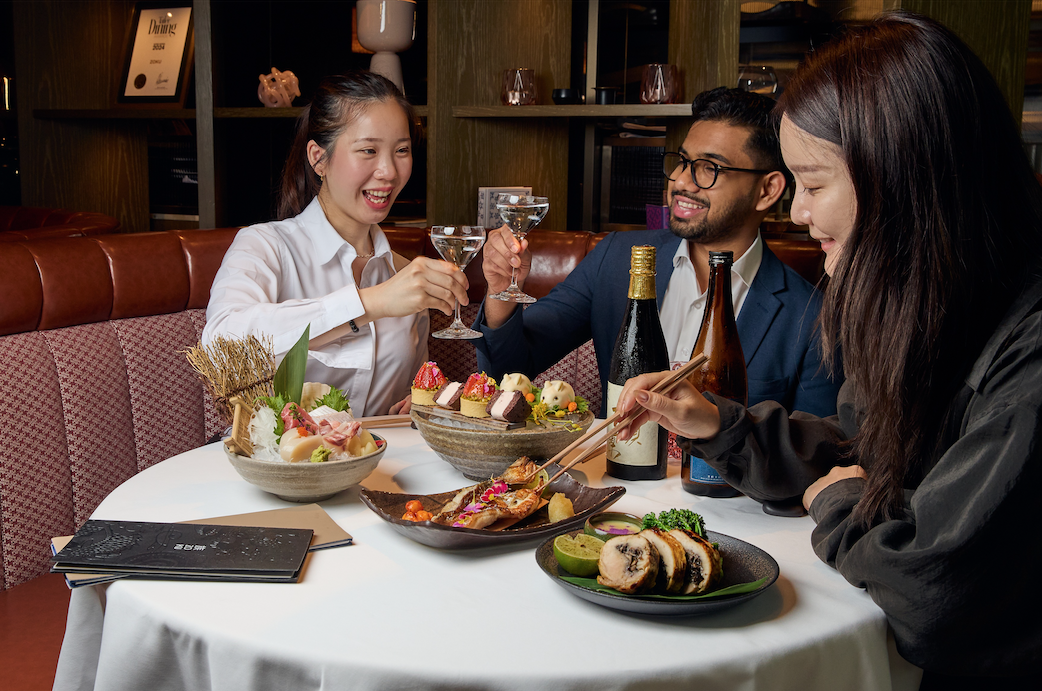'Revenge travel' continues in 2024
Dec 28, 2023
The luxury travel sector is booming, as consumers place greater value in spending on experiences over possessions. Initially tipped as a post-pandemic “revenge travel” reaction, the industry is seeing sustained growth, outpacing other industries, and the forecast to grow annually at a CAGR of 7.6 per cent between 2022 and 2030.
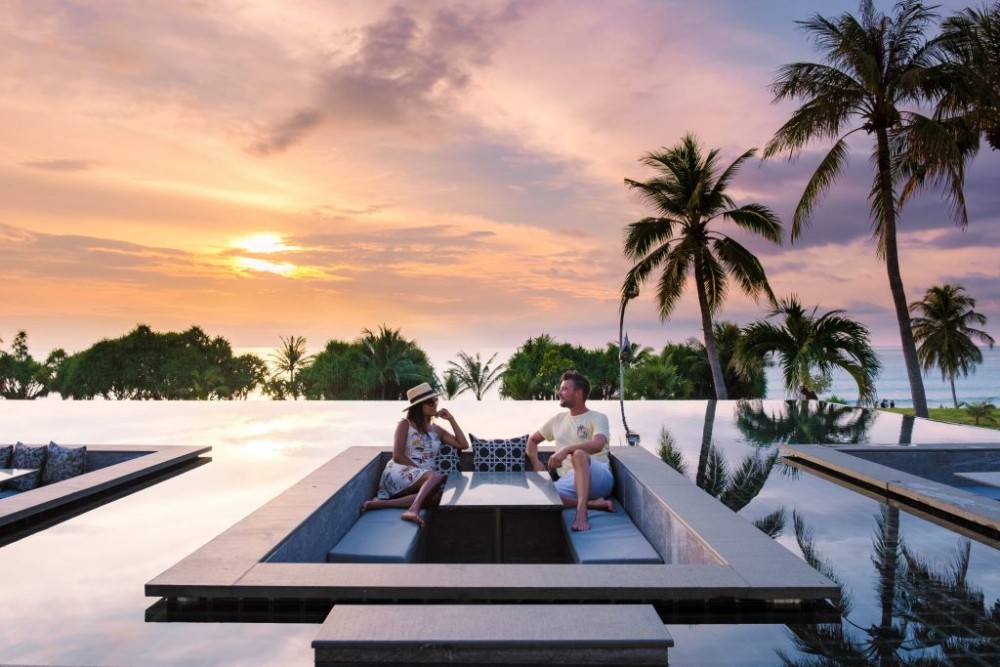
A 2022 survey by American Express says that 89 per cent of consumers now care more about a trip that meets their expectations ahead of cost, cementing the fact that luxury travellers are no longer relegating their bucket lists to “one day” – they’re taking their dream trips now. As a result, the travel and hospitality industry is seeing a flux of innovation and a plethora of brand activation opportunities.
According to Grand View Research, this will leave the industry with an estimated value of US$2.32 trillion by 2030.
“[…] A new generations of travellers have more spending power than ever,” says Sara Henrichs, Karla Otto’s global head of Hospitality in a report. “In 2023 and beyond, they’d rather invest in a once-in-a-lifetime experience than a designer bag.”
Some of the key trends to hit travelling behaviours in 2024 are the following:
Slow Travel
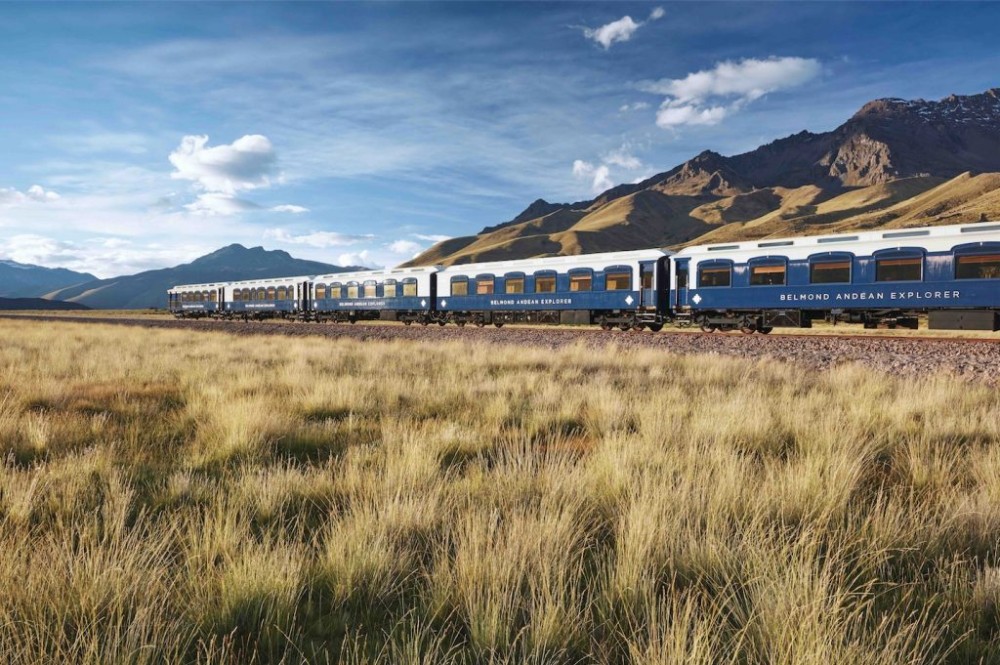
“Travelling through, rather than travelling over is the key theme,” says Henrichs. “Speed is by no means the goal; it’s about taking the time to absorb the scenery around you and experience the luxury of travelling.”
Think train travel, road trips and embarking on oceanic cruises. These are all hallmarks of a golden era of slow travel, where taking your time to enjoy the culture and surroundings is paramount to the entire travelling experience.
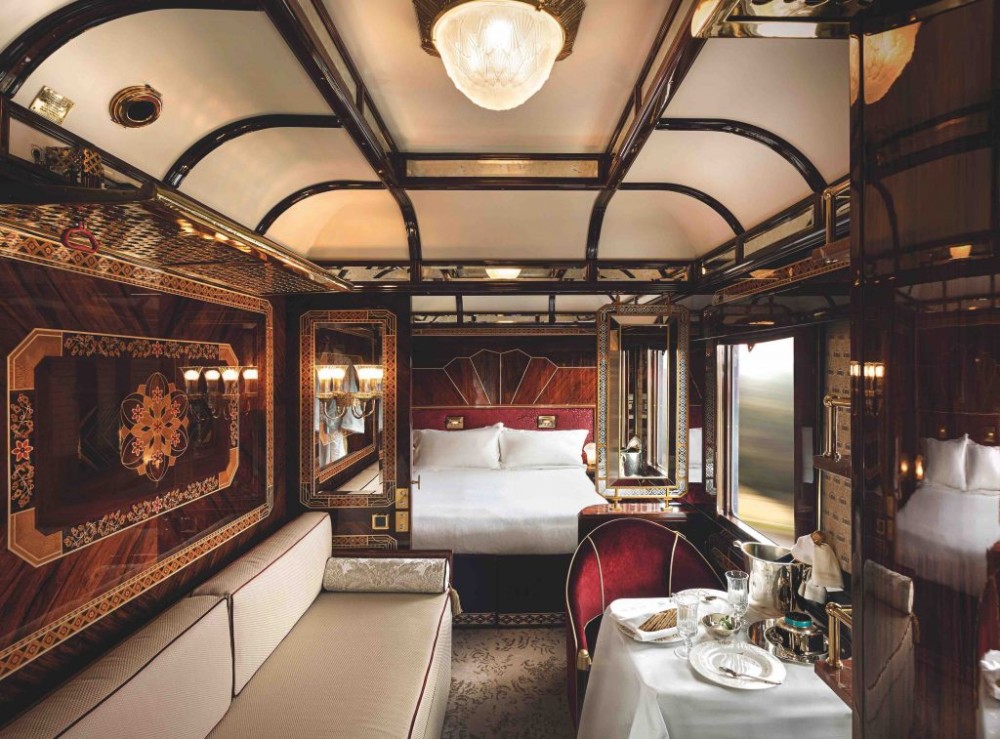
An Audley Travel in 2022 suggests that 81 per cent of clients said they would likely consider train travel for their next trip. LVMH-owned Belmond are leading the expansion in Europe using the Orient Express brand name across their fleet of trains. With meticulously restored 1920s dining cars, underfloor heating and 24-hour butler service, Belmond train journeys when travelling in their marbled en-suite Grand Suites is a veritable experience out of this realm. Or shall we say, a return to a golden era where train travel was one of the fastest and arguably dreamiest modes of transport?
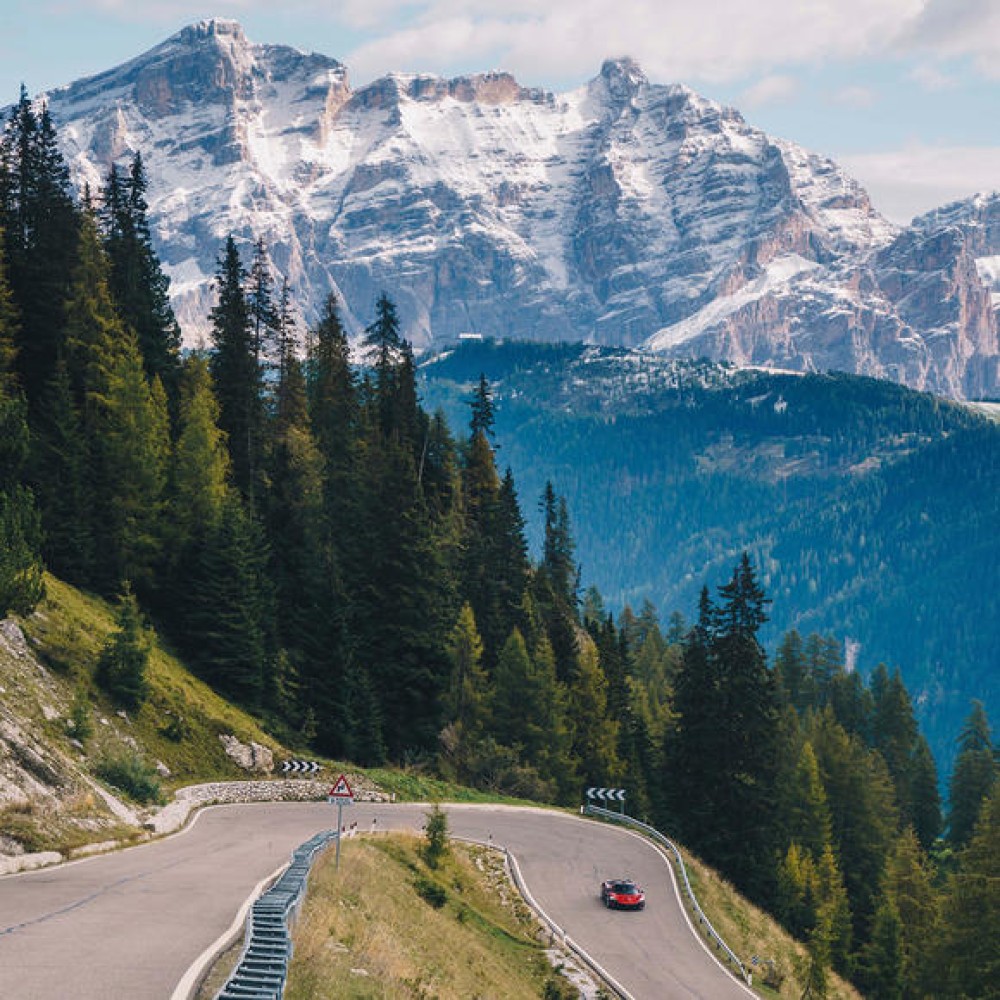
Whereas there is little consideration needed in A-to-B destination planning when it comes to train journeys, there are travellers who prefer to take the driver’s seat. Literally. Road trips represent the ultimate freedom for many, and luxury hospitality brands have embraced this new trend. Aman, for example, launched its Driving Journey package that allows guests to drive sports and luxury cars or SUVs in the world’s most picturesque locations. Car journeys are enhanced with bespoke routes, while iPhones are provided to each guest with recommended stop-offs, including fine dining locations en route.
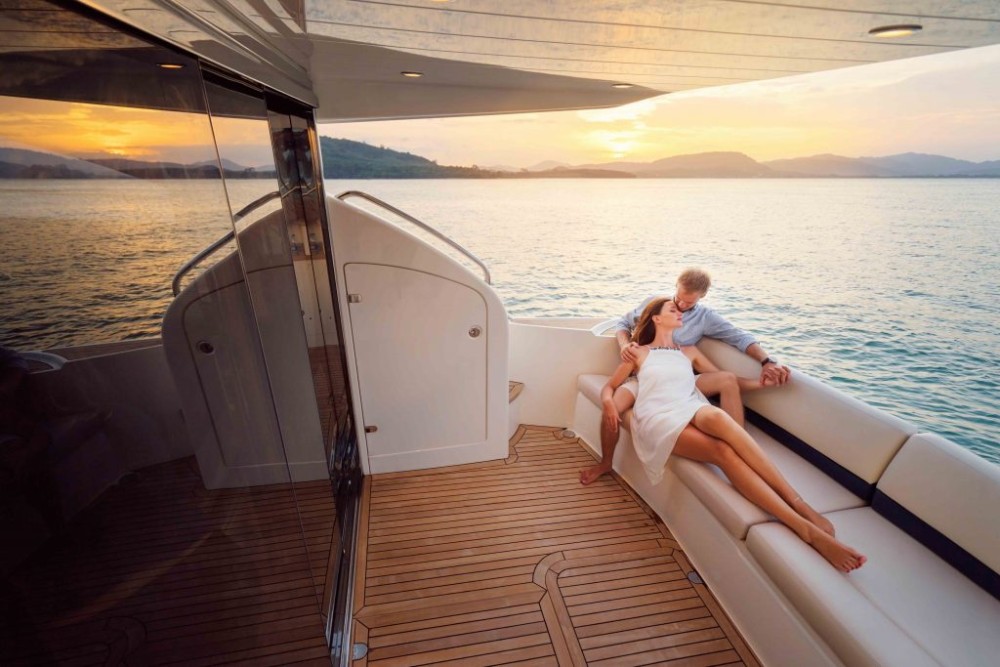
Despite the impact caused by COVID-19, the luxury cruise sector has grown by 120 per cent, from an annual passenger capacity of approximately 325,000 in 2012 to 720,000 passengers in 2022, according to data by Ship Technology. Meanwhile, the luxury segment is expected to reach 1.3 million guests by 2027.
One of the critical challenges is attracting a younger demographic in an arena that is known as a more mature vacation option. Social data however highlights a shift in desirability for cruises. Pinterest revealed that searches among users between ages 18 – 24 for ‘cruise vibes’ and ‘luxury cruises’ increased 145 per cent and 95 per cent, respectively, over the last year, while the hashtag #cruisetok on TikTok has generated more than one billion views, showcasing signs of a cruise revival amongst the younger demographic.
Culinary Journey
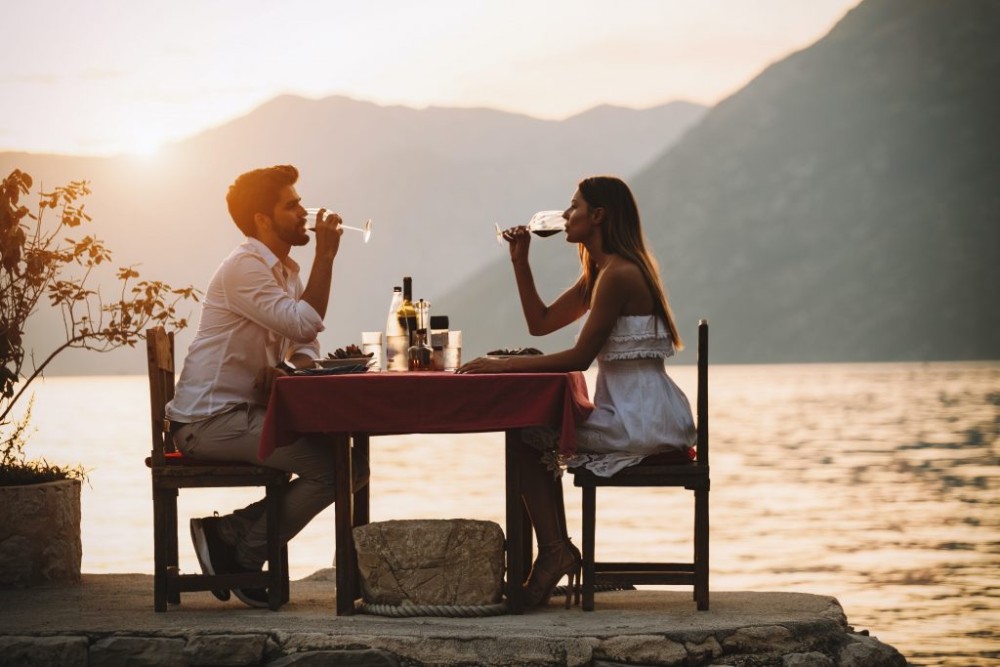
Food is the new fashion.
At least, according to data from Karla Otto when it comes to priorities of the younger generation of travellers.
“For Gen Z in particular, the daily ritual of food has resulted in a social media phenomena, with food-focused lifestyle content exploding across platforms such as TikTok. For this demographic, who are generally more price-sensitive, the trend places focus on ‘little luxuries,’ and has re-framed food as status item with cultural cache,” they said in a report.
Cuisine is central to the travel experience. According to a World Food Travel Association report, the global culinary tourism market was valued at US$8.8 billion in 2019, with a projected growth rate of 16.8% by 2025. What’s key for hospitality is not only understanding that consumers are placing food at the heart of travel but they’re being influenced to travel for food.
The Great Re-Set
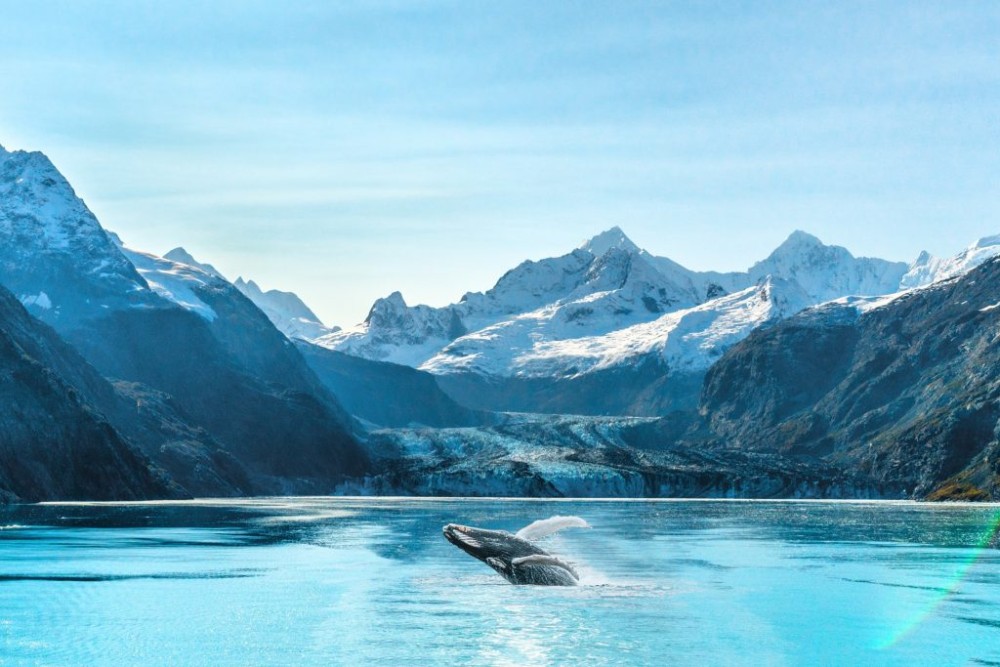
Hyper-connected, always online, and never without a screen, the modern consumer is more dependent on technology than ever. “We’re seeing a shift in luxury travellers wanting to become disconnected,” says Karla Otto’s Henrichs. “In the future, people will spend a lot of money to be away from their screens.”
Confirming these sentiments of digital detox, a consumer survey by Deloitte in 2022 shows that 4/10 respondents wish they spent less time on their devices, with 25-34-year-olds the most remorseful (63 per cent). As a result, consumers seek a better balance between their digital lives and personal well-being, seeking experiences that offer a disconnect from the daily hustle and reconnecting with life.
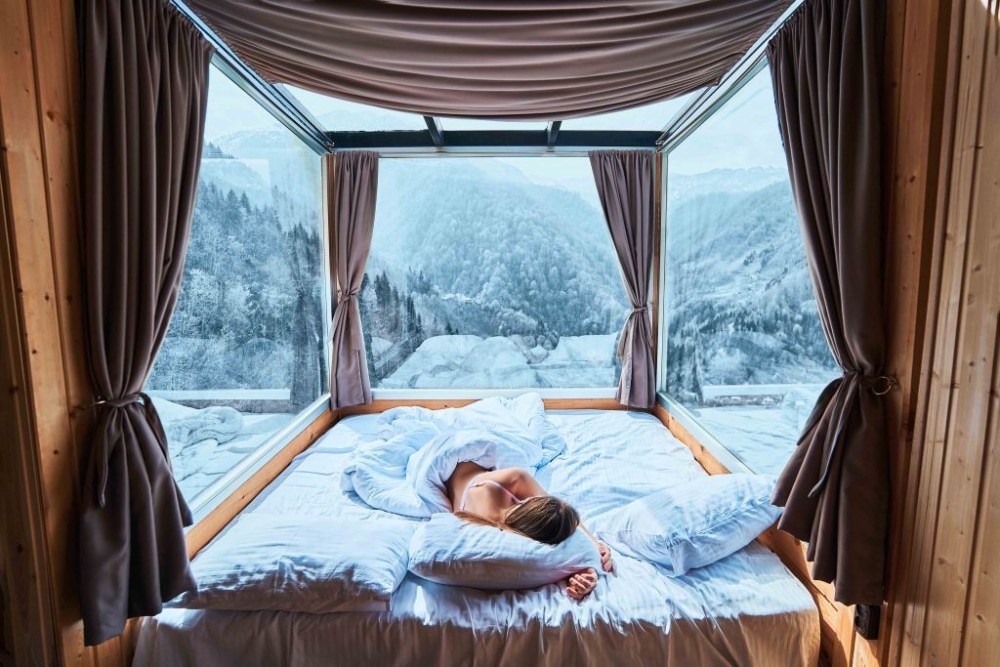
It ties in with the rising need for holistic experiences to improve healthy sleep patterns. Perhaps as a direct result of intense amounts of screen time, high net-worth travellers are 17.5 per cent more likely to suffer from sleep-related issues, according to GWI. As a result, the market is seeing a rise in hotels and wellness resorts offering ‘sleep retreats.’
In 2023, Kerzner International’s fitness and wellness hotel concept Siro features guest suites that are designed with rest in mind. This includes thermoregulation mattresses, a recovery cabinet, wellness pillows and anti-allergen duvets, through to a sound-proofed environment, dimming lighting systems and wake-up and sleep rituals.
As the sleep economy surges, and the need for digital detoxing heightens, there’s an ever-bigger opportunity for brand partnerships in the hospitality, lifestyle, home beauty, and wellness categories.
The Pursuit of Physical and Mental Health
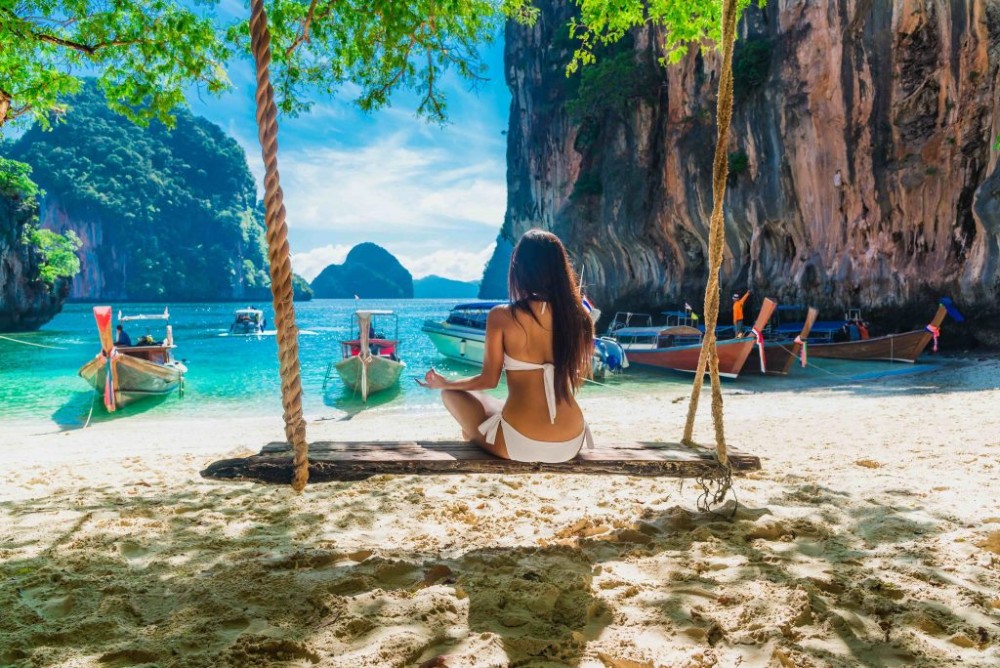
Wellness tourism is one of the fastest-growing sectors in travel, forecast to grow another 21 per cent by 2025, according to the Global Wellness Institute. For consumers, the pursuit of fitness and wellness is a priority. In a survey from American Express, 76 per cent of travellers said they wanted to spend more on travel to improve their wellbeing, while 55 per cent said they would spend more on wellness in future holidays. There’s a particular appetite for luxury, with GWI noting that wellness travellers spend more. In 2020, international wellness was 35 per cent more than the typical international tourist, while domestic travellers spent, on average, 177 per cent more.
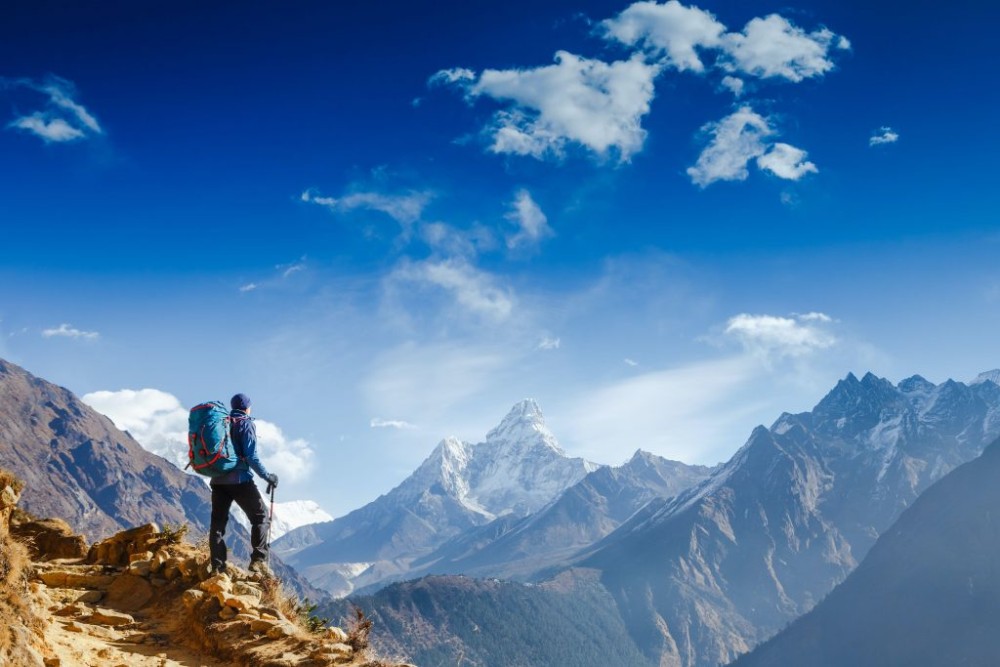
Mental health is a top priority amongst luxury travellers. According to a consumer survey by GWI, 43 per cent of high-net-worth travellers are ‘comfortable talking about their mental health,’ while almost 23 per cent said they seek alternative therapies and medicines.
Consequently, alternative health retreats are growing across the luxury space. The Canadian company, Dimensions, offers safe, legal psychedelic-assisted experiences for personal growth, wellbeing, and creative exploration, combining ancient practices with modern neuroscience. The retreats are a longer-term commitment lasting for 11 weeks in total, inclusive of four weeks of pre-trip preparation, one week of on-site practices guided by led by “Plant Elders” and psychedelic therapists, then six weeks of post-retreat integration.
Sharing the Sky
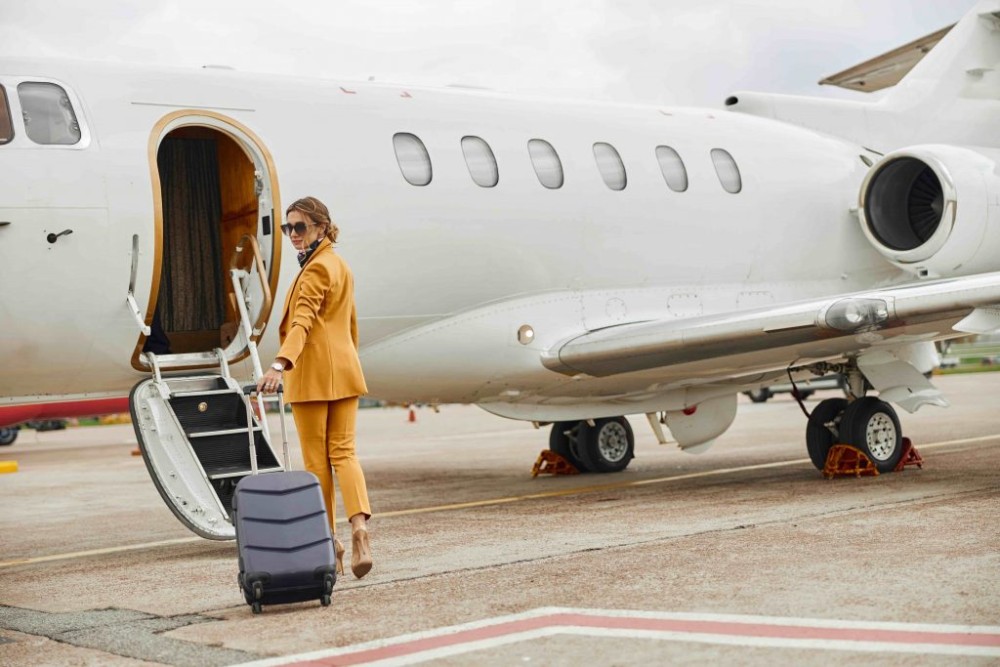
Though a surge has been observed in first-class and private fleet travel, there is a significant increase in travellers opting to share private jets with other travellers in a bid to share costs, receiving all luxury perks while minimising environmental impact.
“Private and semi-private aviation has seen an unprecedented boom in a post-pandemic landscape,” explains luxury consultant Shem Jacobs “Safety, privacy and ease of experience became key factors in travel for luxury customers.”
Adding in insights on Gen-Z, Jacobs says, “Luxury customer behaviour trends are changing – and for some of this new generation flying fully private can in fact be seen as too lonely. They are embracing the shared charter options; seeking access to like-minded communities, while enjoying being part of a private members club in the sky.”
Set-Jetting
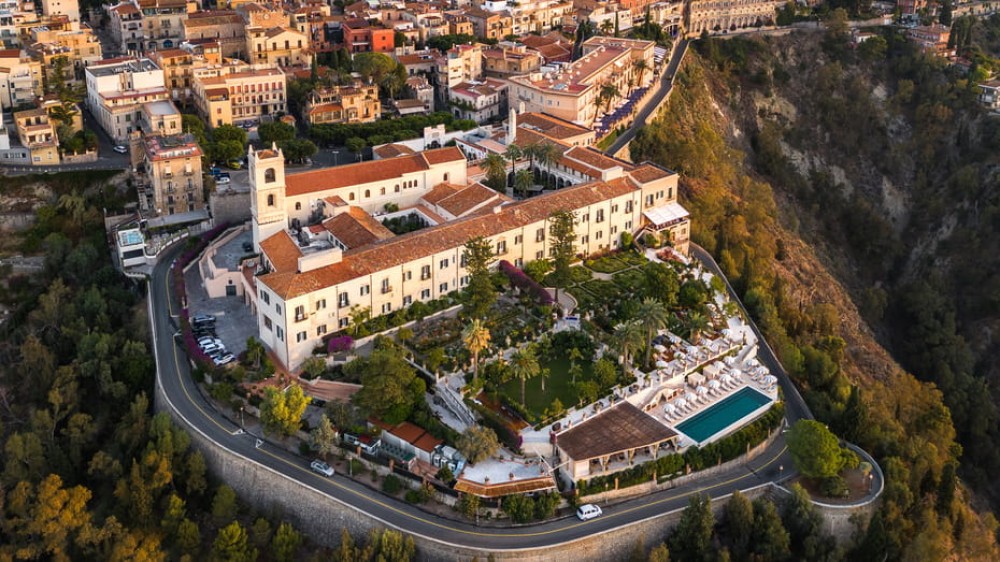
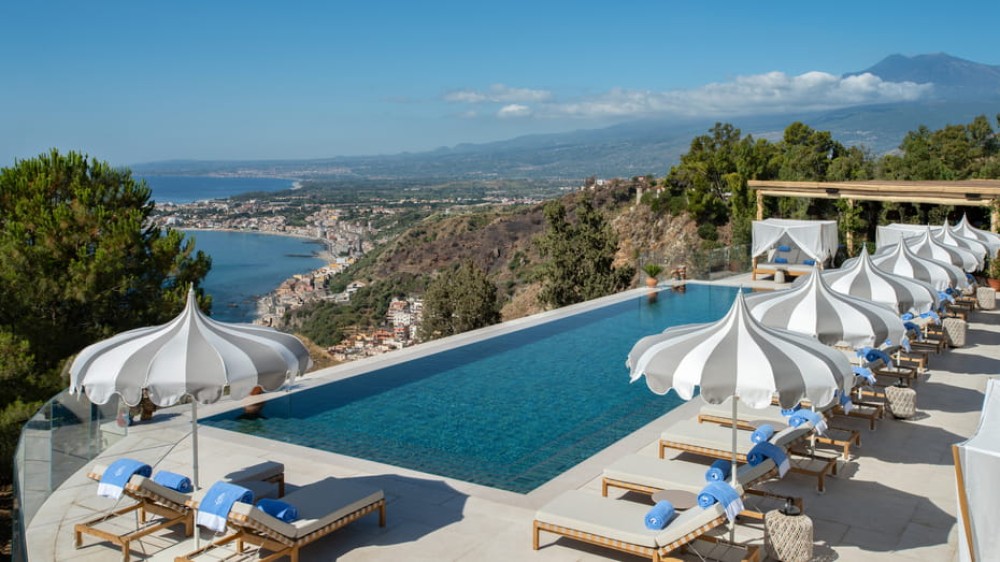
The rise of social media coupled with the global impact of film and streaming services has had an unprecedented effect on the travel and hospitality industry, in a sensation dubbed ‘Set-Jetting’ by American Express.
Their recent consumer survey showcases that 70 per cent of Millennials and Gen-Z respondents have been inspired to visit a destination after seeing it in a TV show or movie. Shows such as HBO’s “The White Lotus”, filmed at two of the Four Season groups locations in Hawaii and Sicily, have been facing tremendous demand since the series aired, with a Four Seasons representative quoted saying, “The phones have not stopped ringing.”
It’s not just “The White Lotus”. Shows such as “Emily in Paris” have seen once-quiet areas of Paris now awash with tourists. Google Analysis shows that searches for ‘Paris holidays’ have seen a 161 per cent increase since the last series aired in December 2022. The same was true for the Belmond group, following the filming of James Bond: Casino Royale.
Source: Karla Otto Travel Trends 2023
Images: Shutterstock (unless stated otherwise)





























